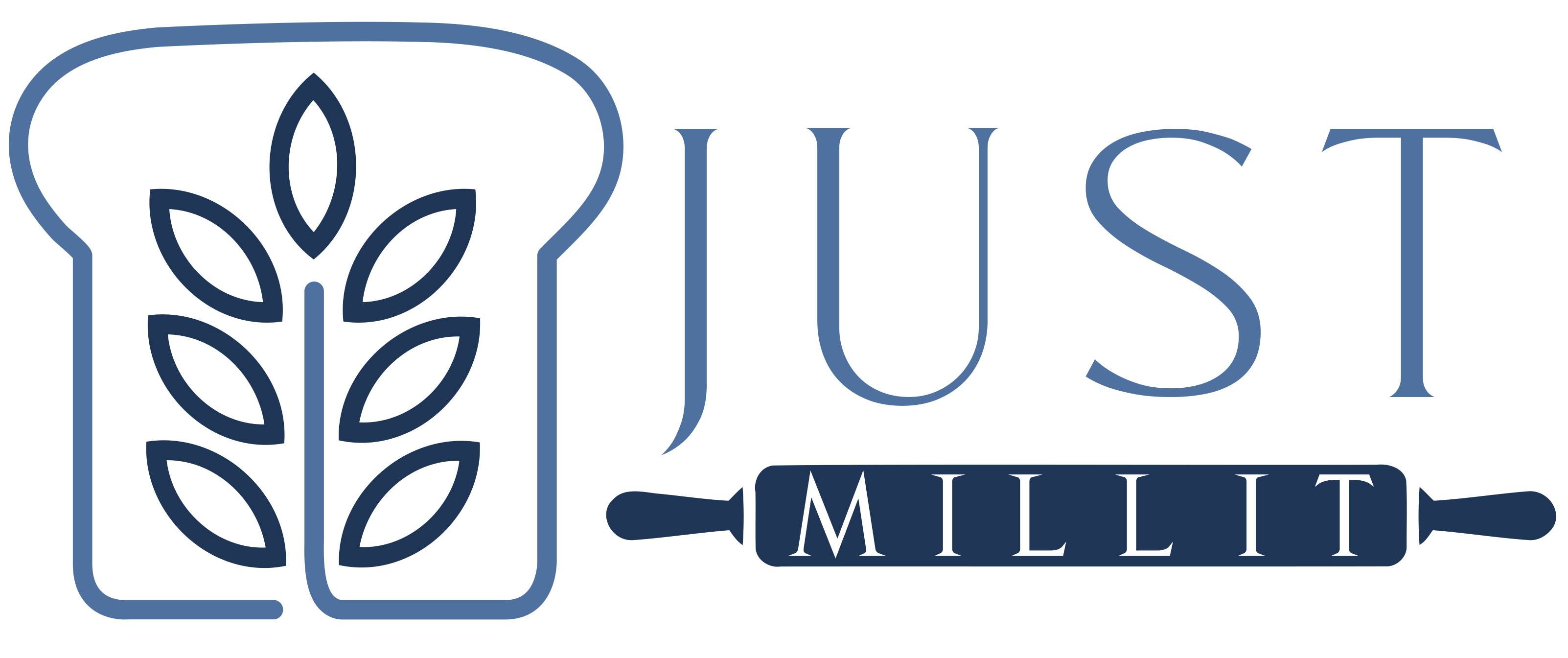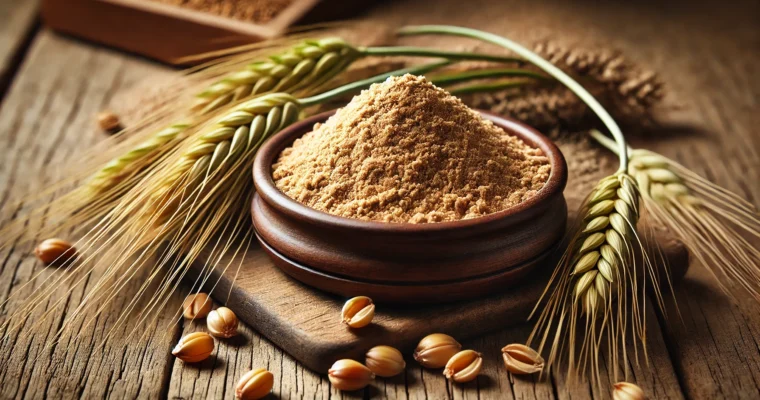Vital wheat gluten plays a crucial role in bread making. Bread is often hailed as a staple in many cultures worldwide, revered for its comforting aroma, satisfying texture, and nourishing qualities.
What is It?
Vital wheat gluten (also known as VWG in the fresh milled community) is the natural protein derived from wheat flour. When wheat flour is hydrated and kneaded, the proteins (gliadin and glutenin) form an elastic network known as gluten that gives dough its characteristic stretchiness and strength. This is essential in bread making, especially for doughs that need to rise and hold their shape during baking.
The Role in Bread Making
- Improving Dough Elasticity: Gluten acts as a binder, allowing dough to trap carbon dioxide produced by yeast fermentation. This trapped gas expands during baking, creating the airy, light texture we associate with well-risen bread.
- Enhancing Bread Structure: Adding vital wheat gluten to bread dough strengthens its structure, particularly useful when working with low-protein flours (like all-purpose flour) or whole grain flours that may not naturally develop as much gluten.
- Increasing Shelf Life: The elasticity provided helps bread retain moisture, which can extend its freshness and prevent it from becoming stale too quickly.
When to Use VWG:
While VWG can be beneficial in various bread recipes, its use is particularly advantageous in the following scenarios:
- Whole Grain Breads: Whole grain flours contain bran and germ, which can interfere with gluten development (don’t fret, fresh milled friends)
- High Hydration Dough: Dough with high water content can benefit from added gluten to maintain structure
- Artisan Breads: Bread varieties like baguettes and sourdoughs, which require a chewy texture and robust structure
How to Use It:
When incorporating VWG into your bread recipe, it’s crucial to follow these tips:
- Measure Accurately: Typically, 1% of the flour in your bread recipe is more than enough. Too much can lead to a tough texture. For math challenged folks, move the decimal place to the left two places, and that’s how much to use.
- Mix Thoroughly: Ensure it is evenly distributed throughout the flour before adding other ingredients.
- Adjust Hydration: Because vital wheat gluten absorbs moisture, you may need to slightly increase the liquid in your recipe.
Alternatives to Vital Wheat Gluten
I used to think there weren’t any, but using the water roux technique, known as yudane, allows us to create a similar structure with the same texture in our bread but without the additive. How to use yudane? Take 10 percent of your recipe’s flour, and divide that number by three. Put this amount of flour into a small dish, on your scale. Pour double that amount of boiling water into the same dish, and mix it into a paste. Add this to the liquid in your bread recipe and carry on. Learn more in my yudane article.
If you are going to go through the effort of milling your own flour, you’re likely buying organic grains to lessen chemical exposure as much as possible. My suggestion is to only use organic additives if you are going to use them. It’s for this reason I recommend buying Anthony’s Organic Vital Wheat Gluten – it’s the only one I would use.
Do I Need to Use It?
No. You really don’t – even with freshly milled flour, you can use other techniques such as soaking your flour in the liquid from your bread recipe before adding the yeast to help soften the bran. This will allow for a greater rise because the bran won’t cut the gluten strands as much once fully hydrated.
And that yudane! Using things like yudane, prepared oatmeal, left over hot grain cereal, or mashed potatoes can give your bread a boost in moisture, softness, and rise. I HIGHLY recommend you give it a try.
Conclusion
Vital wheat gluten is a versatile ingredient that empowers home bakers to achieve professional-quality results in their breads. Whether you’re crafting a rustic loaf or experimenting with a new recipe, understanding how vital wheat gluten enhances dough elasticity and structure opens up a world of possibilities in the realm of baking. Next time you embark on a bread-making adventure, consider the role of this humble yet mighty protein—it might just be the secret ingredient that elevates your creation to new heights of taste and texture.
Happy baking!
Keep rising,
Melanie



